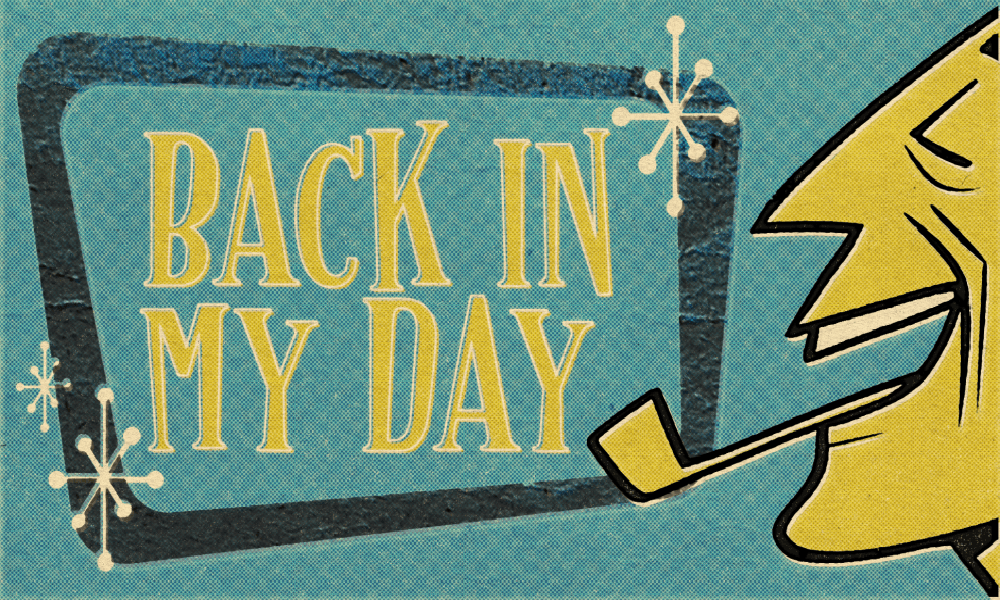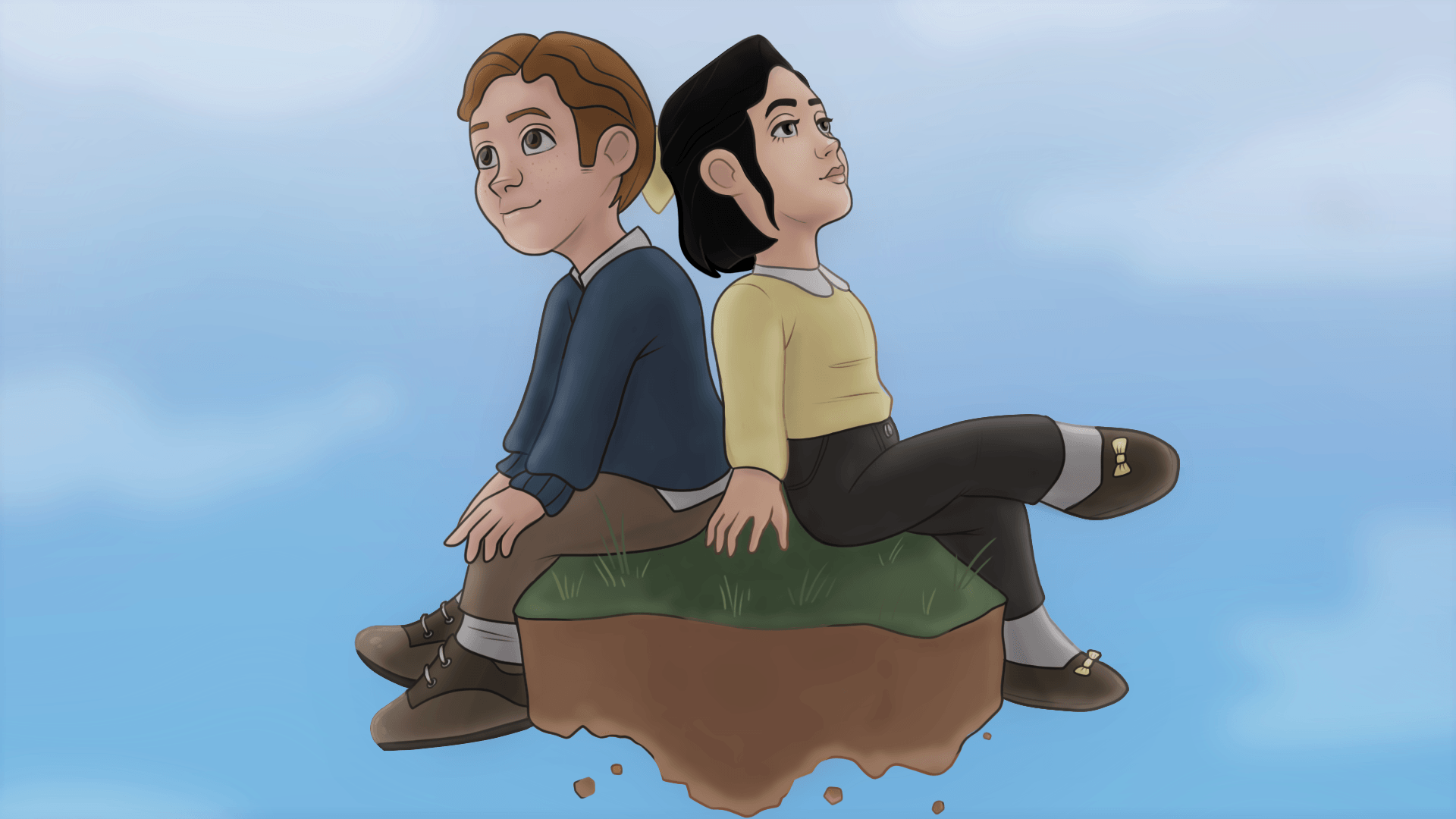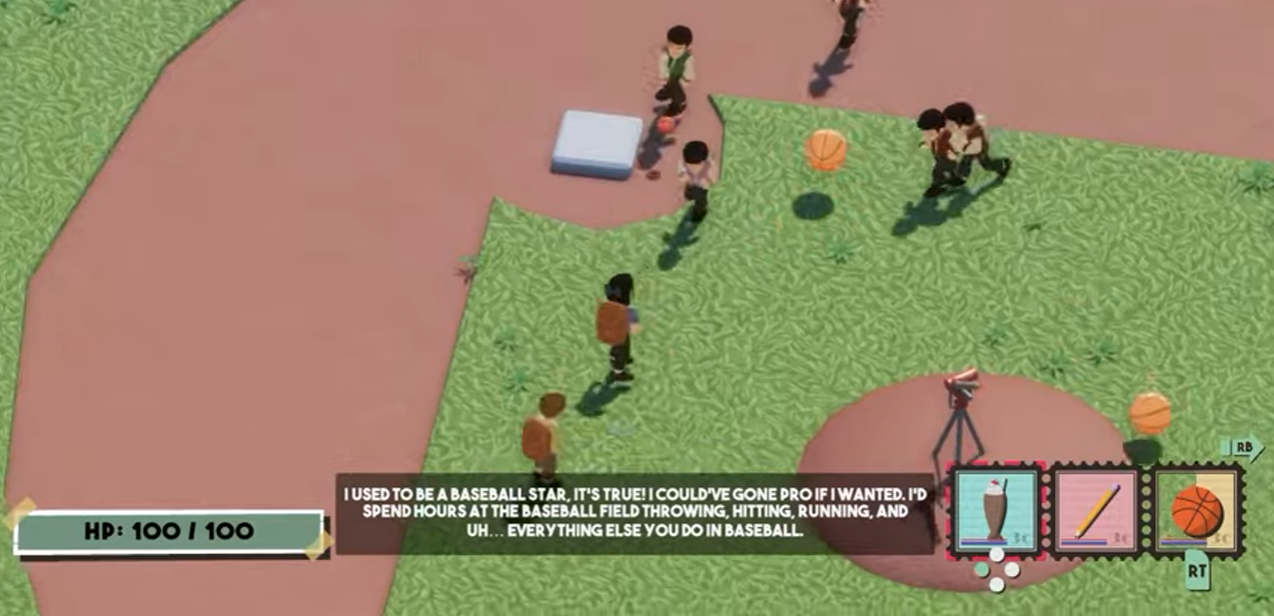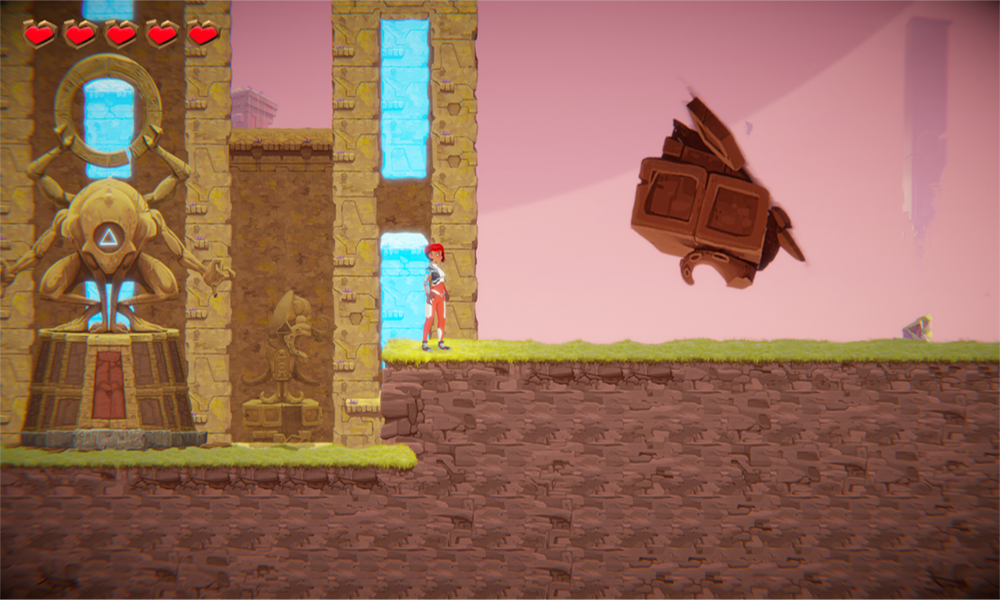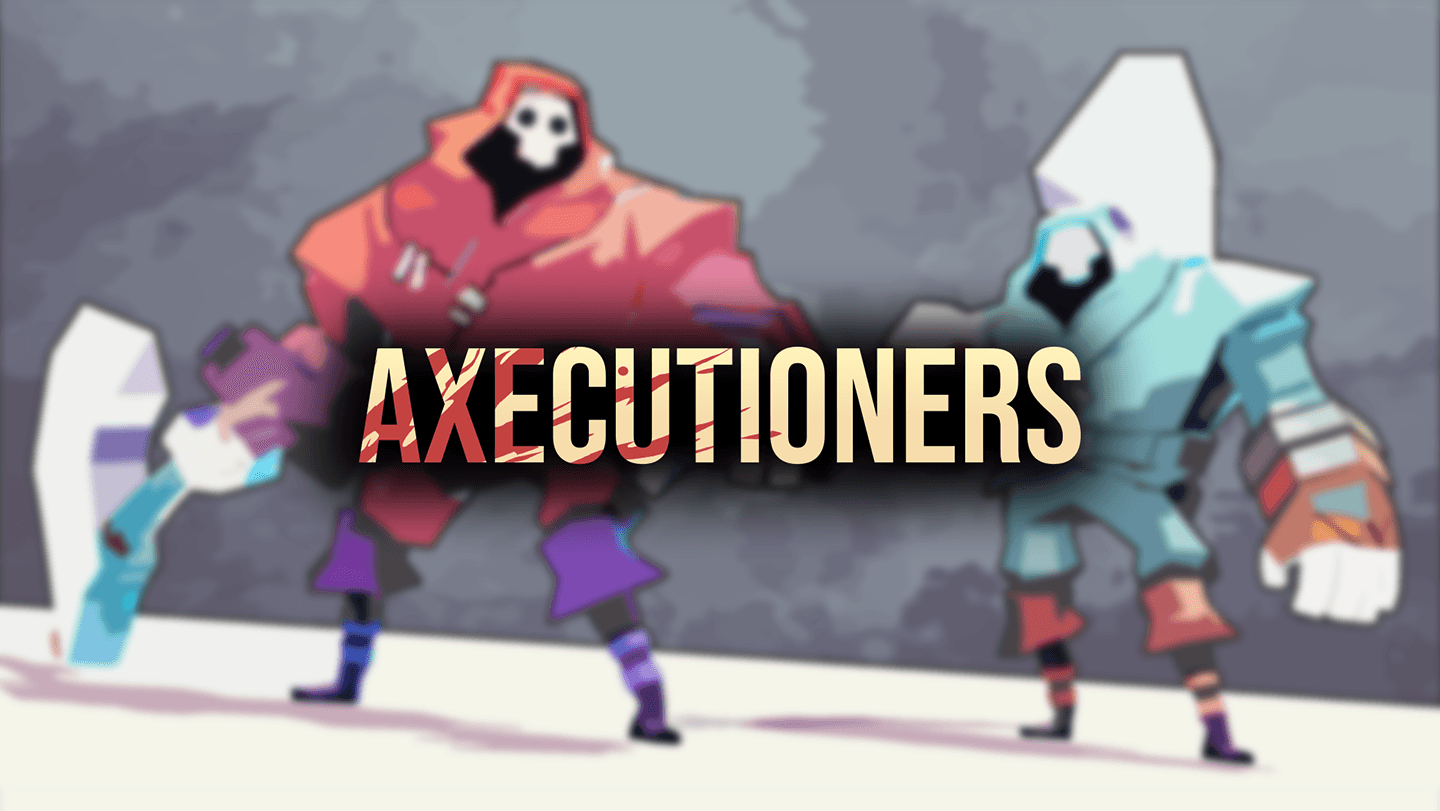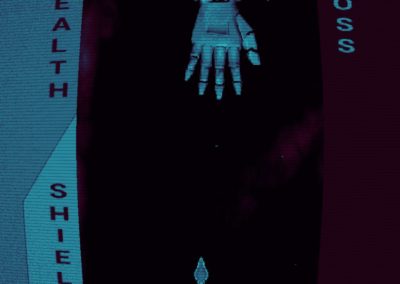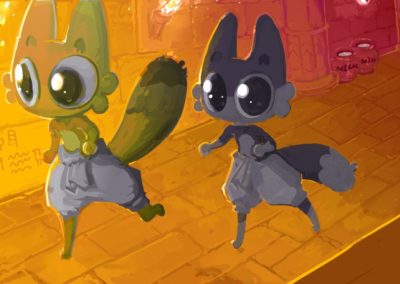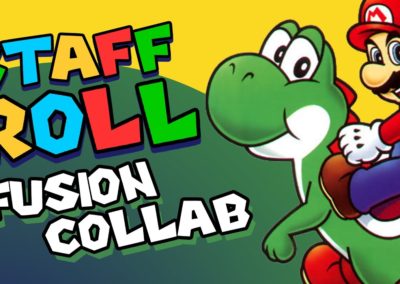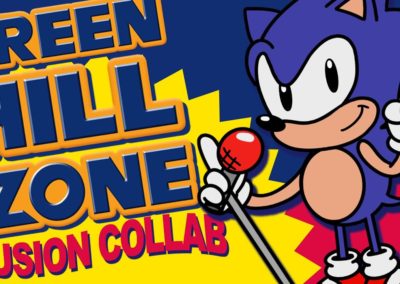My Contributions to the Project
A brief bulleted list of things I worked on or created during my time on this project. Feel free to click the plus signs if you’re interested in more details about certain entries.
Scripting a Satisfying Player Controller
The Problem: Any game needs satisfying movement, especially a combat heavy beat-em-up where movement and attacks are the primary focus. Back in My Day was no different. Our top-down isometric perspective presented a particularly difficult challenge, as things like depth perception and angular velocity could prove tricky to deal with.
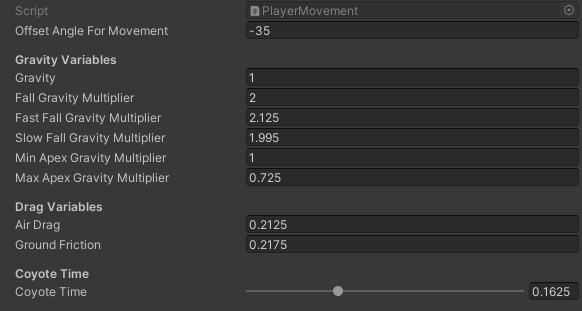
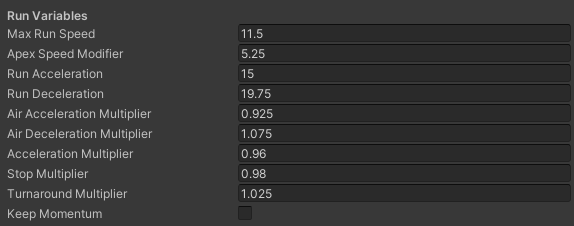

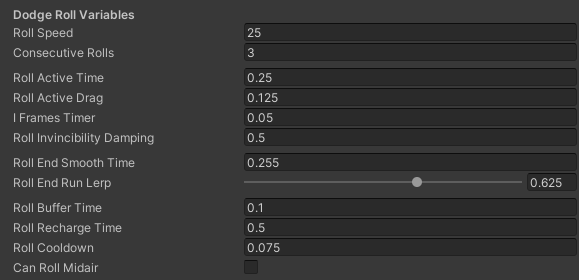
What I Did: I was tasked with creating the player controller script for the game, as I had recently created an incredibly elaborate movement script for a now abandoned 2D platformer project I was working on at the same time as Back in My Day. Despite my experience with scripting player movement though, this project quite literally added another dimension of difficulty onto things, so adapting whatever code I could proved to be challenging.
Eventually though, I was able to get the script to a functional level in-engine, and from there I carefully tweaked all of the editor variables I had created for myself until I found them to be tight and satisfying, though some things still felt off. After some more careful testing and experimenting, I decided to scrap jumping in its entirety, and instead got to work on adding a dodge roll for the player that would give them a few invincibility frames.
In addition to full functionality, the final movement script had a large variety of subtle tweaks to make movement more satisfying, which I’ll list here:
- Allowing an offset angle to be set so the player’s movement always aligns perfectly with the camera angle’s perspective
- Using a slightly modified version of Unity’s physics and force-based system to calculate the player’s position instead of merely tweaking existing values
- Letting the player’s deceleration happen ever so slightly faster than their acceleration, giving them the feeling of being able to stop on a dime
- Letting the player’s acceleration happen much faster upon turning around, preventing a feeling of “sticking”
- Friction and jerk (acceleration over time) functionality
- Allowing the player to buffer a second dodge roll mid-roll to ensure they always roll when they intend to
- Allowing the player to slightly change the direction of a dodge roll mid-roll, preventing dodge rolls from feeling like strictly linear movements
- Slowly increasing the player’s influence over roll direction as the dodge roll nears its end, allowing for a smooth and seamless transition back to running
- Decreasing the invincibility time and length of subsequent dodge rolls up to 3 times before capping out, preventing the player from abusing constant dodge rolls
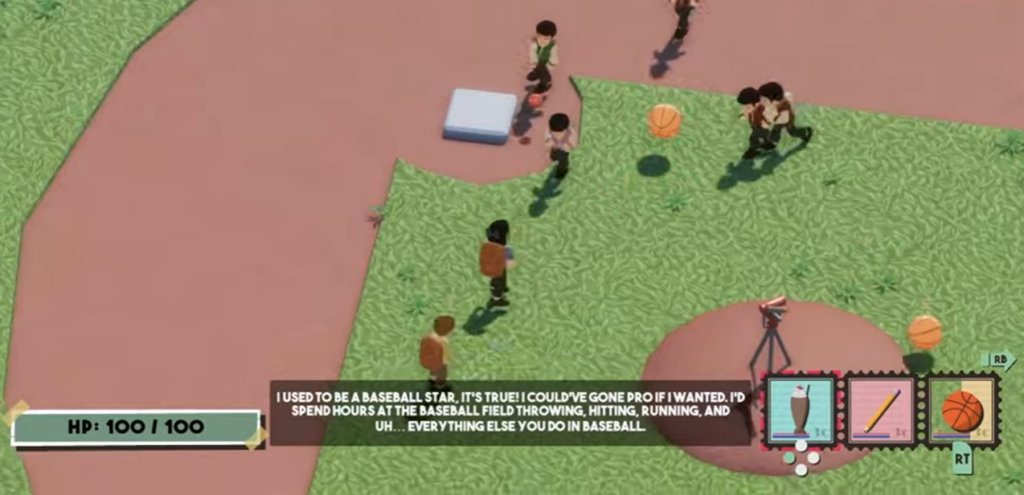
Dynamic Music with FMOD
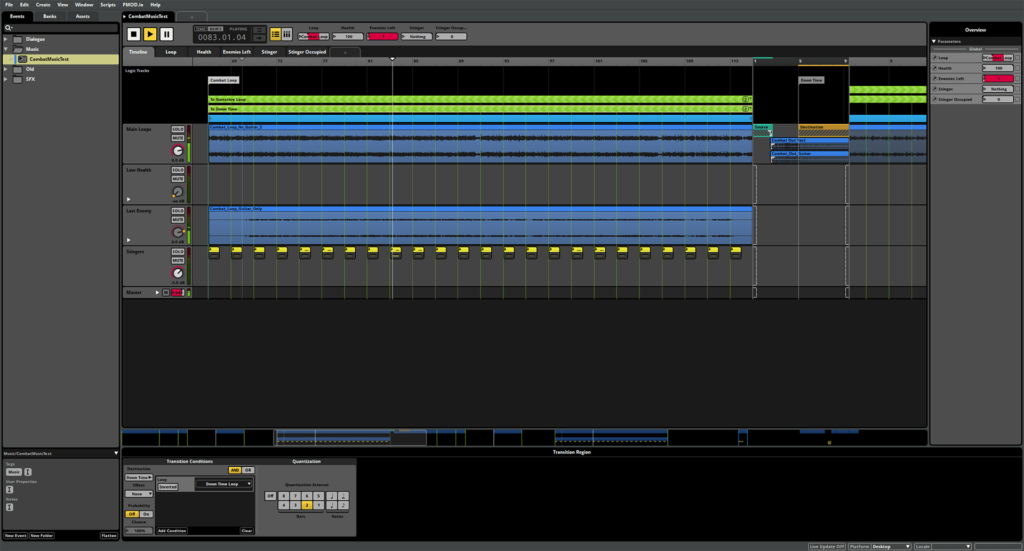
The Problem: A major mechanic of our game was regular tonal shifts between three different states: Combat, where the player battles the game’s hordes of enemies; Narrative, where the player listens to the ramblings of their grandparent; and Downtime, where the player can swap out their items. As such, having a single looping music track risked clashing with the player’s experience amidst the game’s varying states.
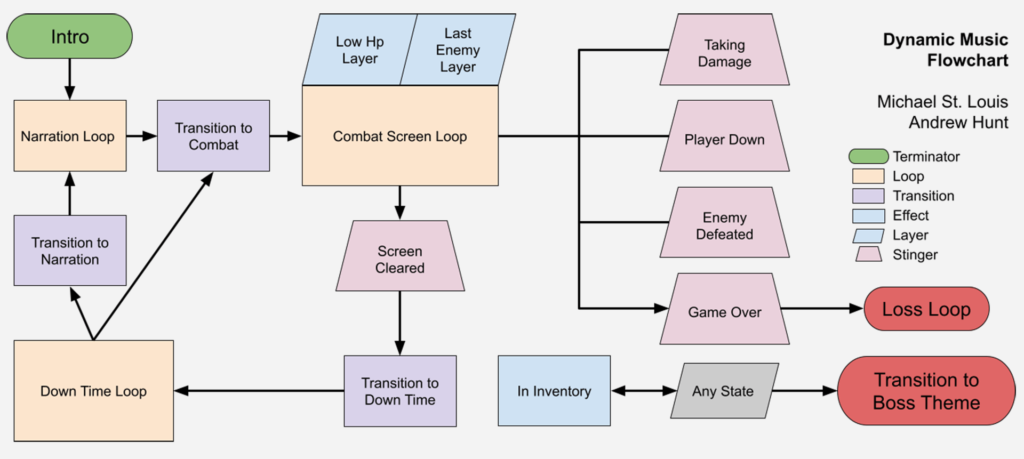
What I Did: For this project, I began by drafting three short music sketches to convey to the team potential directions for the game’s soundtrack. Eventually, the team decided on a mix of classic rock and doo-wop style songs to help capture the game’s 1950s setting. From there my main goal for the project became utilizing these genres of music to create a soundtrack that adapted to the player’s actions throughout their experience.
To ensure the implementation of the game’s dynamic music systems was as seamless and well-documented as possible, I collaborated with one of our programmers to create a flowchart detailing each element of the game’s music would react to various player actions and in-engine variable changes. I decided on FMOD for my dynamic audio implementation, as in addition to having previously worked with the program, its functionality with Unity allowed for easy implementation of the features I had planned in my documentation.
Composing Old-Timey Music
The Problem: Though a plan for a dynamic soundtrack was already in place, the music of Back in My Day still needed to be composed and mixed in a style that fit the game’s setting and tone, and served to immerse the player in its 1950s aesthetic.
What I Did: I began work on the game’s music by composing it in sections corresponding to the flowchart, starting with the “Combat Loop”, and eventually moving to the “Narrative” and “Downtime” loops as the project progressed. After the three main sections were finished, I began work on the transitional and layered sections, allowing the three sections to be seamlessly switched during gameplay to fully adapt to the game state. For example: when a player is low on health, a low-pass filter is added to allow the player to focus more, whereas if the player only has a few enemies left on the screen, an electric guitar is added to give the music and the player a sense of triumph and confidence. Audio stingers were also added to the soundtrack for then the player gets hit or is defeated.
Partway through the composition process, I also began working remotely with an incredibly talented guitarist I knew to help bring the game’s classic rock soundtrack to life. Through regular communication over discord, I was able to add an element of live music to the game and ensure the game’s soundtrack stood out among others in the competition.
Sound Design During a Pandemic
The Problem: Due to the large variety of weapons and consumables in Back in My Day, a large number of sound effects had to be created, mixed, and implemented. Moreover, COVID precautions meant we wouldn’t have access to a dedicated sound studio, or field recording, making this an especially difficult challenge for us in our cramped Montreal apartments.
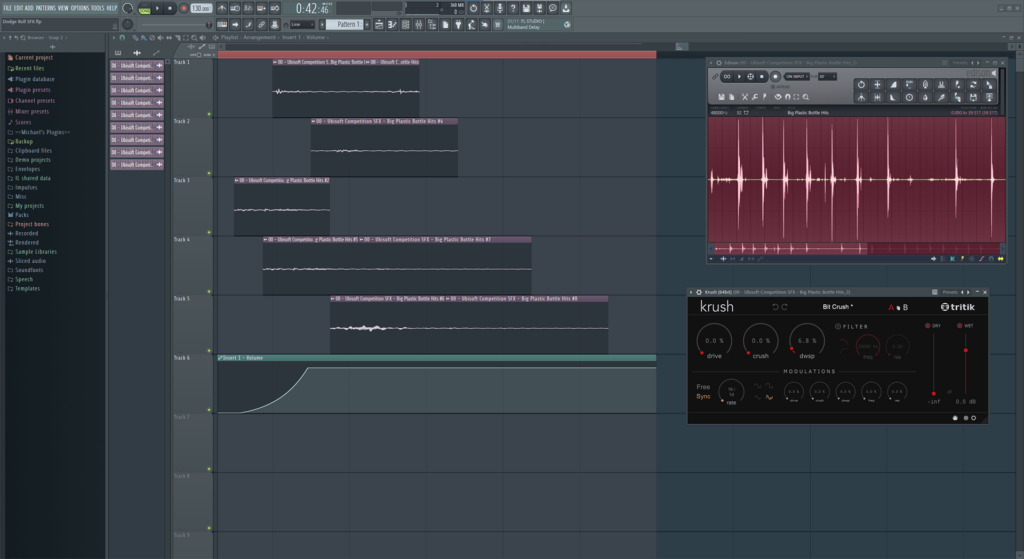
What I Did: My work on sound design for the game was a bit unique due to the heavy limitations to what I could use for recording the game’s various sounds. Limitation breeds creativity however, and I’d estimate that around 90% of the game’s sounds were created from processed phone recordings of various objects I was able to find in my apartment.
Considering the heavy restrictions on what I was and wasn’t able to record, I ended up quite satisfied with how the game’s sounds turned out, with my personal favorite being the hefty thwack the player’s backpack makes upon hitting an enemy. A sound that was a combination of two different recordings: A recording of my backpack slamming onto my bed after being filled with pencils for the big hit, and a recording of a gallon water jug tied to a string being swung through the air for a nice heavy whoosh before the impact.
To effectively organize each of the game’s 40 sound effects, I documented them in our team’s main asset list, taking care to use our established naming conventions for audio files. The sounds were then implemented by myself through FMOD, making careful effort to mix and balance them to a degree where they wouldn’t clash with each other, or the game’s music.
Dialogue Editing and Mixing
The Problem: The premise of Back in My Day: a playable retelling of your grandparents’ walk to school, almost certainly needed a voiceover artist to play the role of the grandparent and act as the narrator for this harrowing tale. We were able to work with such an artist over the course of the project, but due to COVID precautions, the recordings had to be done remotely, and as such, they contained background noise, and were sent as one large file instead of individual files for each take. These voicelines needed to be isolated and mixed before they could be implemented in-engine.
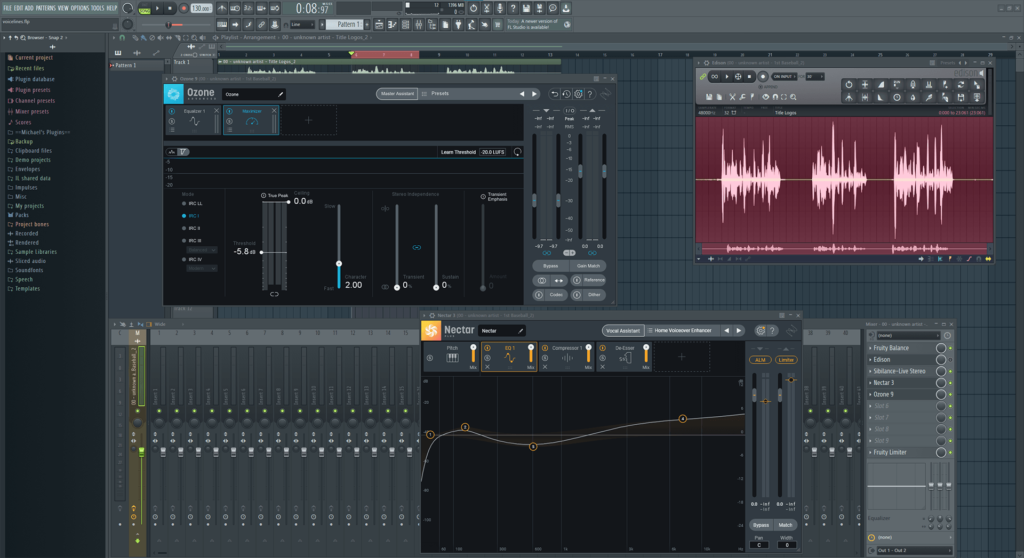
What I Did: In addition to music and sound design, I also implemented and did post-processing work on the game’s various voice lines. I isolated each line from a single large recording, working with EQ, De-Essing, and Compression to ensure that each of the voice lines were properly mixed to ensure their seamless implementation into FMOD. I then exported each voiceline as an .ogg file, taking care to use naming conventions to ensure none of the voice lines were lost or otherwise mixed up.
Released
April 2022
Platform
Itch.io
Team Size
8
Blog posts featuring Back in My Day
One of my favorite things about being a game developer and an audio designer is getting to share the things I learn with whoever I can. Check out some recent poste from my personal blog!
Coming Soon!
The Back In My Day Team

Kendrick Ng-Yow
Producer

Michael Silverio
Product Owner, Game Designer

Aiden Wright
Game Designer

Michael St. Louis
Audio Designer, Technical Designer

Andrew Hunt
AI Programmer

Colin Deane
Network Programmer

Frannie McCarthy
Character Artist

Jimmy Jiang
Environment, UI, and VFX Artist

Jes Burke
Contract Voiceover Artist

Matt Martin
Contract Guitarist





